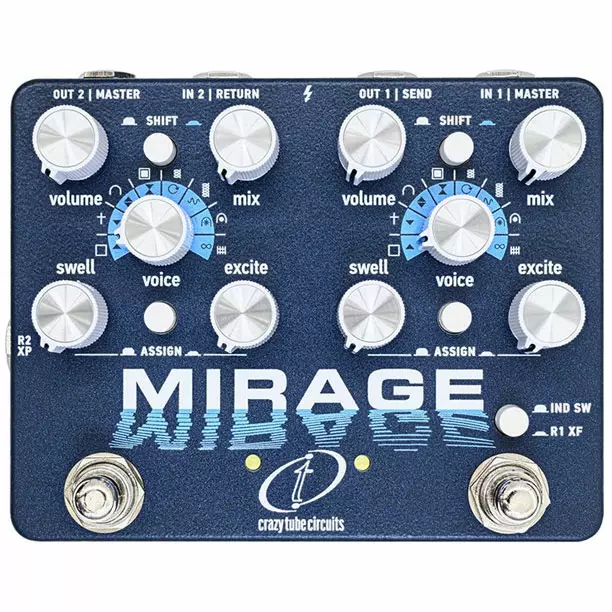 For guitarists and producers looking to expand their reverb options, the Crazy Tube Circuits Mirage offers an interesting approach with its dual-engine design. Unlike traditional reverb pedals, it provides two fully independent processors, each with access to 16 algorithms ranging from classic plate and spring sounds to more experimental textures like modulated shimmer and infinite sustain.
For guitarists and producers looking to expand their reverb options, the Crazy Tube Circuits Mirage offers an interesting approach with its dual-engine design. Unlike traditional reverb pedals, it provides two fully independent processors, each with access to 16 algorithms ranging from classic plate and spring sounds to more experimental textures like modulated shimmer and infinite sustain.
What makes it stand out is its flexible routing. You can run the engines in series for complex, layered reverbs, split them for stereo processing, or use them separately in a dual-mono setup. There’s even a send/return loop for inserting effects between the two reverb engines—a useful feature for sound designers.
Performance-wise, it’s built for real-time tweaking, with expression control and footswitches for manipulating parameters on the fly. And while the dual-engine setup caters to those who want maximum flexibility, a simpler single-engine version is reportedly in development for players who prefer a more straightforward option.
If you’re after a reverb that balances studio-quality depth with hands-on control, the Mirage is worth a closer look.






















